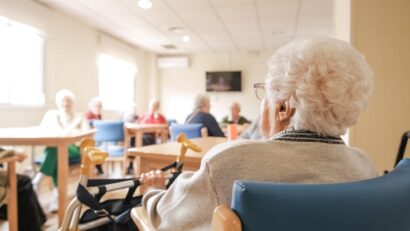
Why seniors’ care should have been on the election agenda
I was hopeful that when the COVID-19 pandemic drew attention to the plight of senior citizens, the attention might result Läs mer…
Nyheter och länkar - en bra startsida helt enkelt |Oculus lyx vitae

I was hopeful that when the COVID-19 pandemic drew attention to the plight of senior citizens, the attention might result Läs mer…
While last week’s Morgan and YouGov polls had Labor continuing its surge, Newspoll is steady for the fourth successive week Läs mer…
A team of scientists who study vertebrate fossil tracks and traces on South Africa’s southern Cape coast have identified the Läs mer…
Memory and politics are inherently intertwined and can never be fully separated in post-atrocity and post-genocidal contexts. They are also Läs mer…
As the G20 presiding nation, South Africa has an opportunity to champion issues relevant to emerging economies. One of these Läs mer…
Detta inlägg post publicerades ursprungligen på denna sida this site Läs mer…
Detta inlägg post publicerades ursprungligen på denna sida this site Läs mer…
Detta inlägg post publicerades ursprungligen på denna sida this site Läs mer…